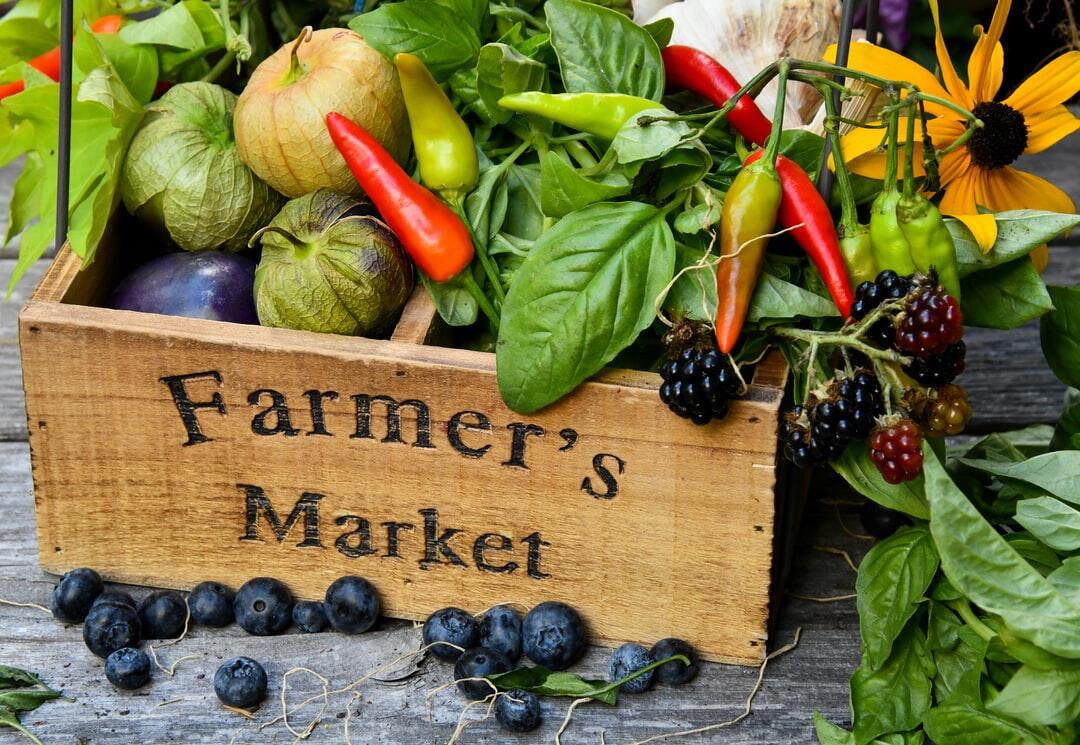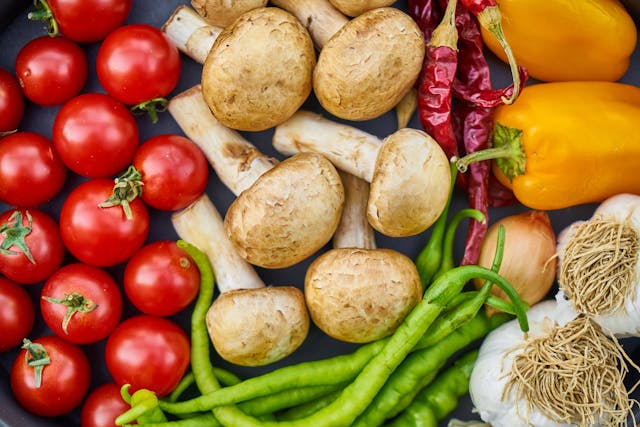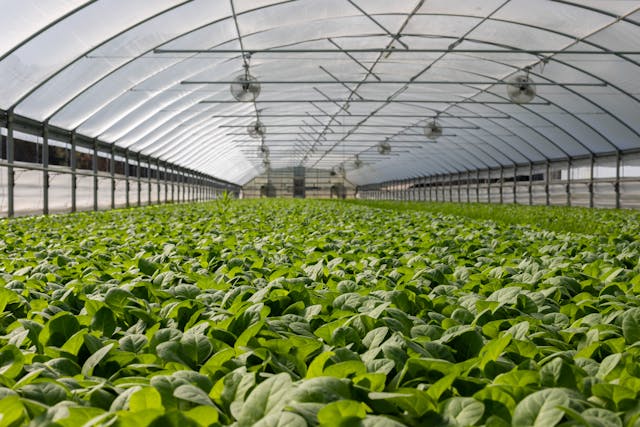Comments
- No comments found

Urban farming is reshaping the future of our dinner tables in profound ways, offering a sustainable alternative to traditional agricultural practices.
While you might associate farming with rural farmlands out in the countryside, farms are increasingly found in cities. Urban farming is revolutionizing the farming industry. So much so that the urban farming market is expected to be worth around 280 billion dollars by 2030. Through innovative techniques such as hydroponics and smart use of vertical space, urban farms mean even those in the most densely populated areas can enjoy farm-fresh produce.
As urban populations continue to grow and environmental concerns mount, urban farming emerges as a viable solution to address food security, reduce carbon emissions, and promote healthier eating habits.
Are you interested in learning more about how urban farming will create fresh dining options for everyone? Read on to find out more.

When farming using traditional techniques, you need soil and a lot of space. These requirements meant farming in densely populated urban areas was difficult. You might be able to grow one or two plants, but there simply wasn't room for large-scale operations.
Innovative solutions like hydroponic systems mean you can now grow plants without soil. It's possible to operate big farms in a minimal amount of space.
Urban farms let people living in big cities try their hand at farming, but that's not the only benefit. They can also help significantly reduce food transportation costs. When farmers grow food in rural areas, most of it needs to be delivered to cities.
Not only does this use up a lot of fuel (and raise carbon emissions), but it also means the produce isn't as fresh. Anyone who's tasted farm-fresh cooking will tell you that the freshness adds a whole new dimension of flavor.
Before urban farms, the only way to get that freshness was to live out in the countryside, or to get extremely fast delivery. Urban farming means local restaurants and meal kits companies like HelloFresh that depend on fresh ingredients can easily get the fresh produce they need.
In many areas of the US, there's not enough water. Think of the Lake Mead reservoir on the West Coast. In 2022, the water levels were at their lowest ever.
Climate change means water shortages will be increasingly problematic, and commercial farming operations use huge amounts of water.
While the primary aim of urban farming techniques is to take advantage of less space, innovation in hydroponics means these farms can operate using 90% less water than a traditional farm. In areas prone to drought, urban farming methods could be crucial to water conservation efforts.

Of course, with any kind of innovation, there are hurdles to overcome. One of the main disadvantages of urban farming is the high startup costs. Hydroponics systems may be great for conserving water, but they're not cheap.
Urban farmers may also experience regulatory barriers. Zoning laws in cities are usually complex and often prohibit operating an urban farm.
As more people experience the fresh dining options made possible through urban farms, cities will likely relax the regulations.
The future of urban farming is promising, driven by a combination of factors such as population growth, urbanization, environmental concerns, and the demand for locally grown food.
Vertical farming, where crops are grown in stacked layers indoors under controlled conditions, is gaining popularity in urban areas. Vertical farms maximize space utilization, reduce water consumption, and minimize the need for pesticides. Advances in technology, such as LED lighting and hydroponic systems, are making vertical farming more efficient and economically viable.
Rooftop farming utilizes the space on rooftops of buildings for growing crops, mitigating urban heat island effects, and improving air quality. Rooftop farms can be found on commercial buildings, residential complexes, and even industrial warehouses in cities around the world. They provide fresh produce to local communities while reducing food miles and carbon emissions associated with transportation.
Leave your comments
Post comment as a guest